Located in a highly protected Site of Specific Scientific Interest, the practice evaluates the energy performance of a timber clad woodland home
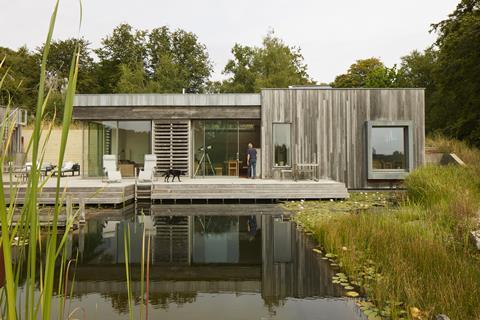
PAD studio’s first private residential commission was to build an environmentally conscious home on an 18 acre plot in the New Forest National Park in southern England.
Located against the fringes of an ancient woodland, in a highly protected Site of Specific Scientific Interest, the five-bedroom family home has become part of a decade-long study to determine the long-term environmental impacts of low-energy design.
Designed to nestle into the landscape, the timber clad home features a simple rectangular form overlooking a natural swimming pond, flanked by a self-contained guest annex.
Both the annex and main house feature large south-facing glazed elevations tempered with timber louvre shutters to maximise solar gain, and green roofing.
Driven by their client’s desire to live harmoniously with the surrounding ecosystem, the design team’s specification choices included high levels of insulation, a ground source heat pump (GSHP) supported by mechanical ventilation heat recovery (MVHR), solar photovoltaic panels (PV), evacuated solar thermal panels (for water heating) and a rainwater harvesting system.
With the de-carbonisation of the electrical grid over the last 13 years the carbon impact of the heat pump has been reduced by about 65% (based on a comparison between 2012 SAP and SAP 10.2 methodology).

PAD studio has been able to monitor the home’s energy and environmental performance since project completion in 2009.
Data captured by Purmetrix in 2021-22, found the New Forest House to be 97% cheaper to run than a new home built to 2021 building standards.

According to the team, CO2 emissions ranged from -2.46 to -0.76 (kg of CO2 per sq m per year). They believe that by utilising solar and ASHP technology, the home has used 110% less energy compared to if it was powered by gas.
The clients lead a creative lifestyle and have an electric kiln in their pottery studio, electric tools in the wood workshop, an infrared sauna and an EV car charger. Without these additional activities, the practice claims the total operational energy would better the RIBA 2030 Climate Challenge framework by 95%.
Maintenance is ongoing and the house will be benefiting from battery energy storage in 2023, which the owners are currently waitlisted for.

Benefiting the biodiverse surroundings was a key part of the client brief during the project’s development.
PAD studio sought out the advice of Dusty Gedge, a specialist in green roofs. The native seed mix was grown specifically for the project and provides a new ecological habitat.
The house features a green roof planted with sedums which are drought tolerant and the homeowner claims to have only watered them twice in the 13 years since installation.
On the annex, a green roof provides a deeper substrate which is planted as a kitchen herb garden with borders of grasses and sempervivums. The sedum, grasses and other plants provide food sources for birds, insects, and the residents.
The substrate acts like a sponge slowing water run-off, providing additional insulation from heat loss and solar heat gain and protecting the roofing membranes from UV degradation.
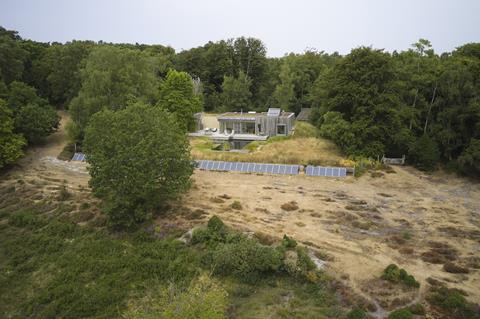
The swimming pond has attracted insects, newts, and birdlife. Occasionally grass snakes swim across the surface and there is a kingfisher that often visits.
The clients have also rewilded sections of the site to improve native planting.
Wendy Perring, director at PAD studio, said: “We are at a critical point in the ongoing fight against the climate crises and it’s essential to understand the true impacts of low-energy design and building. We have been building homes that marry the needs of the environment with architectural ambition since we set up, and the New Forest House is an interesting deep dive into understanding how we can continue to deliver beautiful homes with exceptional performance over the next decade.”
Project details
Architect and landscaper PAD studio
Environmental services EDP Ltd
Structural engineer AWA Engineering
Data capture Purrmetrix
Data analysis MESH Energy
Postscript


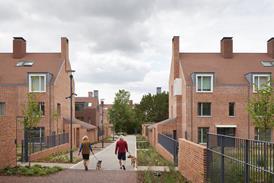
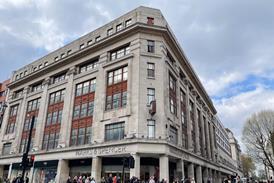

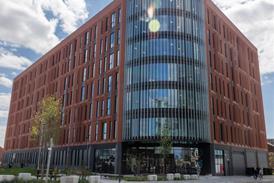



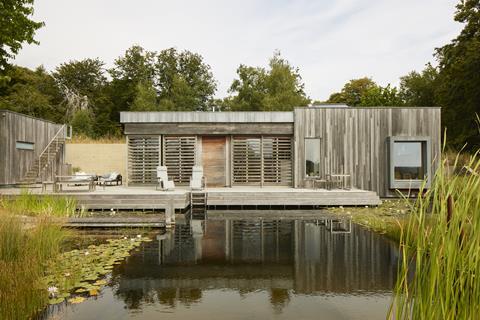
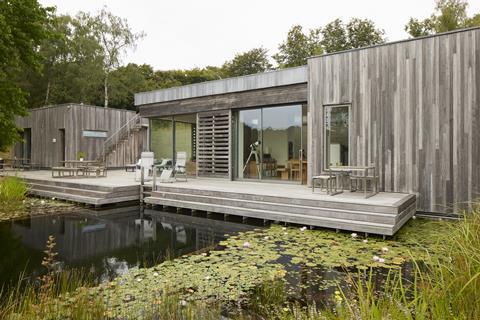
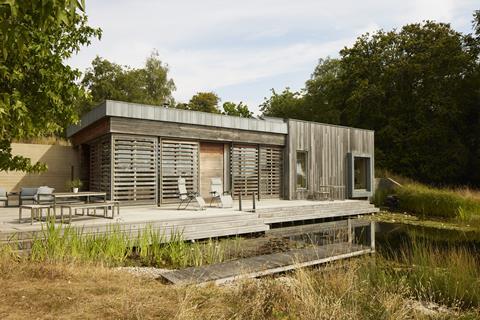
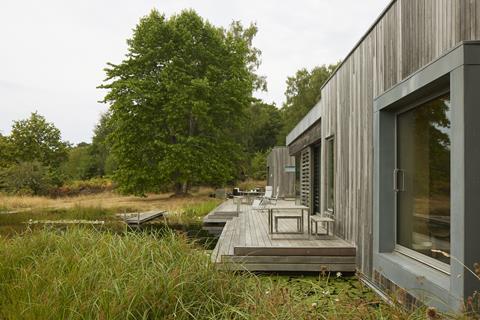
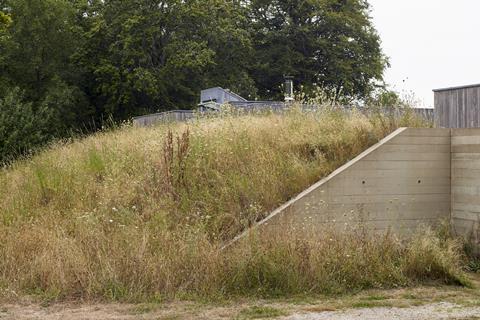

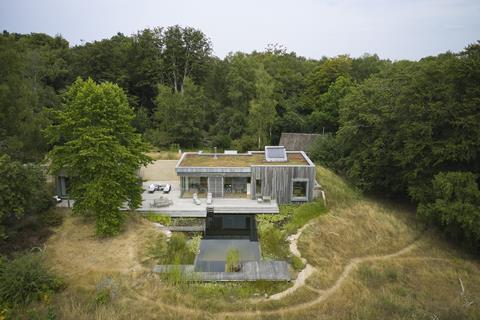







1 Readers' comment